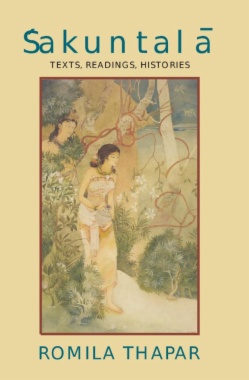The figure of Sakuntala appears in many forms throughout South Asian literature, most famously in the Mahabharata and in Kalidisa's fourth-century Sanskrit play, Sakuntala and the Ring of Recollection. In these two texts, Sakuntala undergoes a critical transformation, relinquishing her assertiveness and autonomy to become the quintessentially submissive woman, revealing much about the performance of Hindu femininity that would come to dominate South Asian culture. Through a careful analysis of sections from Sakuntala and their various iterations in different contexts, Romila Thapar explores the interactions between literature and history, culture and gender, that frame the development of this canonical figure, as well as a distinct conception of female identity.
- Contents
- Preface
- 1. Preliminaries
- 2. THe Narrative form the Mahabharata
- 3. The Abhijnana-sakuntalam of Kalidasa
- Sakuntala and the Ring of Recollection By Kalidasa
- 4. Popular and high culture as historical parallels
- 5. Adaptations: Another popular tradition and its role in another court
- 6. Translations: Orientalism, German romanticism and the image of Sakunstala
- 7. Traslation: colonial views
- 8. Sakuntala from the perspective of the middle-class nationalism
- 9. Conclusion
- Endnotes

